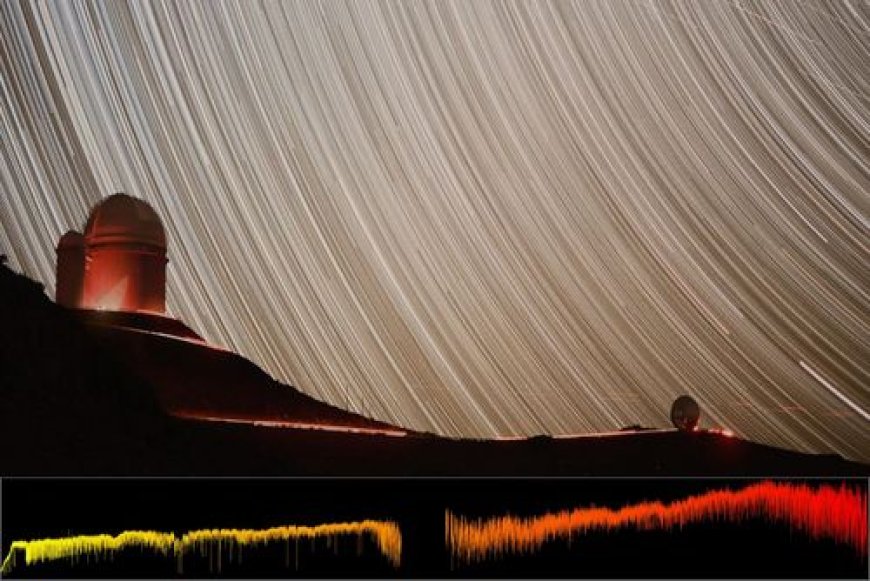First Results from Infrared Planet Searcher Revealed
Astronomers from Université de Montréal and other institutions share initial findings using NIRPS, a new infrared spectrograph in Chile, to detect exoplanets and analyze their atmospheres. The publication marks a significant milestone in space exploration.

A new milestone in space exploration was reached today with the publication in Astronomy & Astrophysics of the first scientific results from the Near-InfraRed Planet Searcher (NIRPS), co-led by scientists at Université de Montréal. Using NIRPS, a new infrared spectrograph installed in Chile, astronomers from UdeM and elsewhere unveil their initial findings in detect exoplanets and their atmospheres with the technology.
Installed on the 3.6-meter telescope at La Silla Observatory in Chile, NIRPS represents a major technological advance in the search for habitable worlds beyond our solar system. It involves a consortium of over 140 specialists from six countries: Canada, Switzerland, Spain, Portugal, France, and Brazil, with support from the European Southern Observatory. The Canadian team, notably from the Observatoire du Mont-Mégantic and the Trottier Institute for Research on Exoplanets at Université de Montréal, played a crucial role in the NIRPS project.
NIRPS's uniqueness lies in its ability to observe in the near-infrared, making it particularly effective for studying cool, red stars called M dwarfs. The instrument is equipped with an adaptive optics system that corrects for Earth's atmospheric distortions, achieving remarkable precision on the order of one meter per second. NIRPS uses the radial velocity method to detect exoplanets by measuring the tiny back-and-forth motions of a star caused by the presence of an orbiting planet.
NIRPS's first results already demonstrate its scientific power. A Spanish team confirmed the existence of Proxima Centauri b, an Earth-like planet in the habitable zone of our nearest star. Meanwhile, a study led by a postdoctoral researcher at UdeM revealed the presence of a helium gas tail escaping from the atmosphere of a Saturn-mass exoplanet.
The consortium obtained 725 guaranteed observation nights, allowing the team to pursue three main objectives: search for planets around M dwarfs, measure the mass of known planets, and study the atmospheres of various exoplanets. NIRPS will play a strategic role in identifying promising targets for atmospheric observations with the James Webb Space Telescope and in the search for biosignatures with the future European Extremely Large Telescope.
According to the source: UdeMNouvelles.
What's Your Reaction?
 Like
0
Like
0
 Dislike
0
Dislike
0
 Love
0
Love
0
 Funny
0
Funny
0
 Angry
0
Angry
0
 Sad
0
Sad
0
 Wow
0
Wow
0






















































































































































































